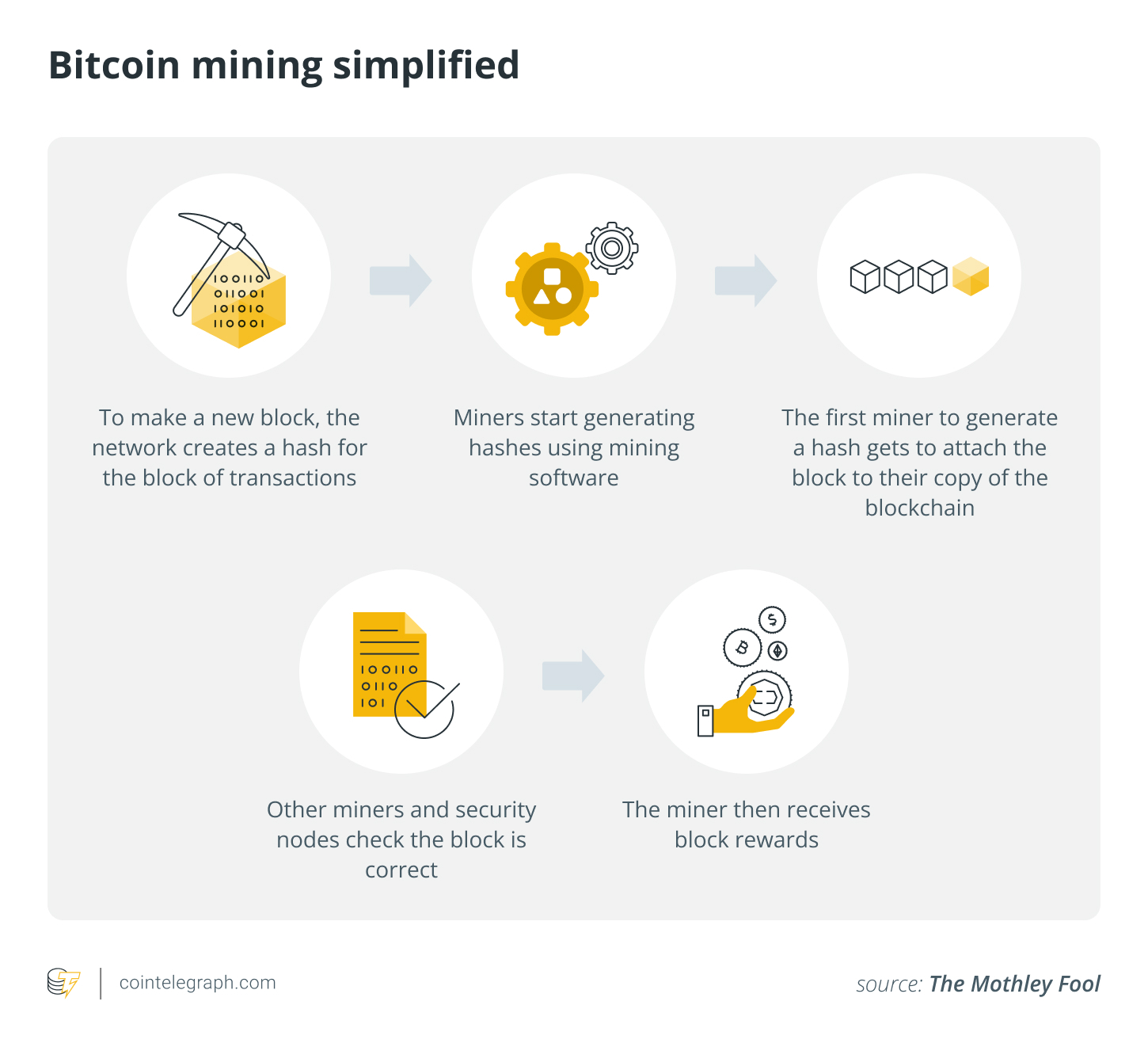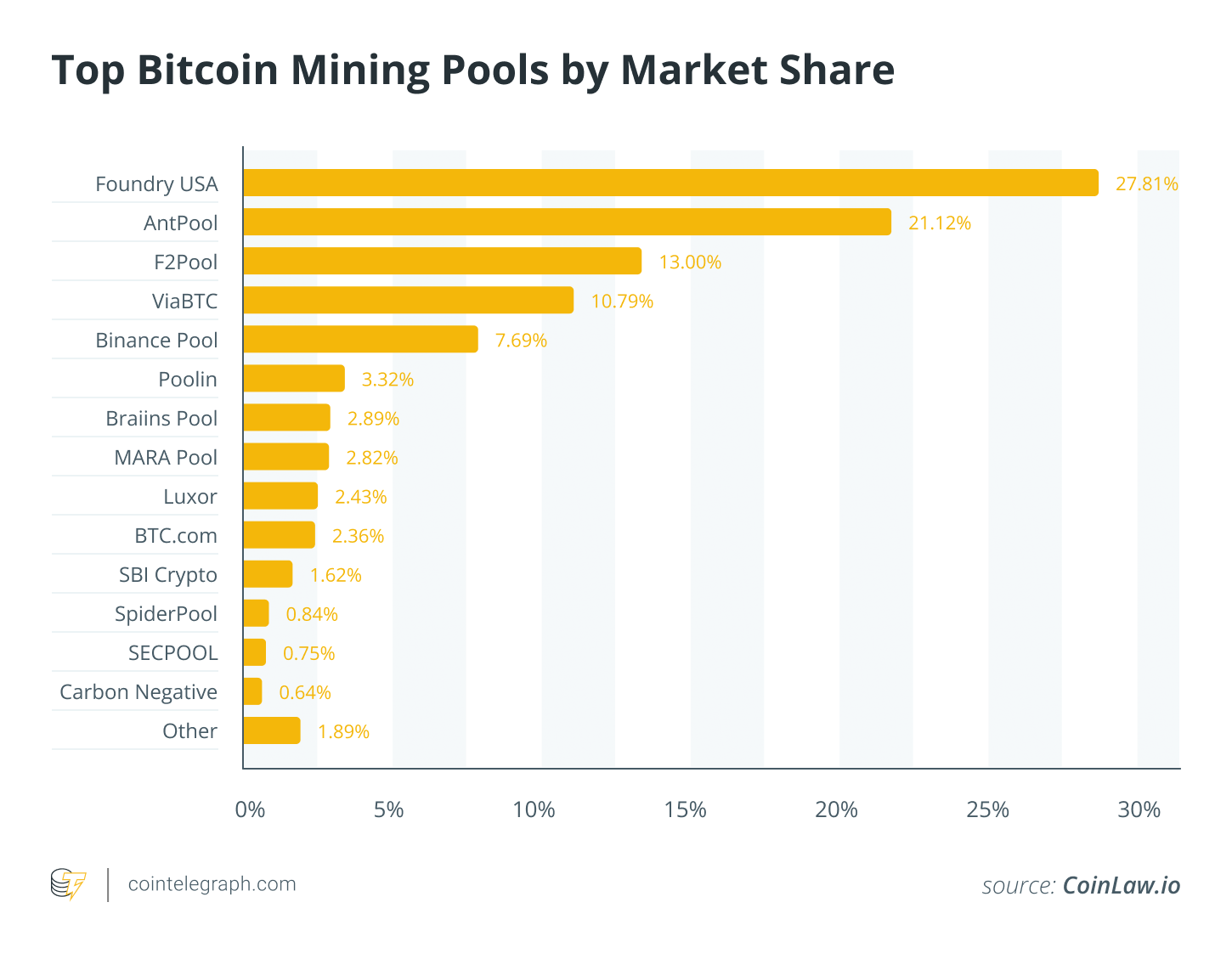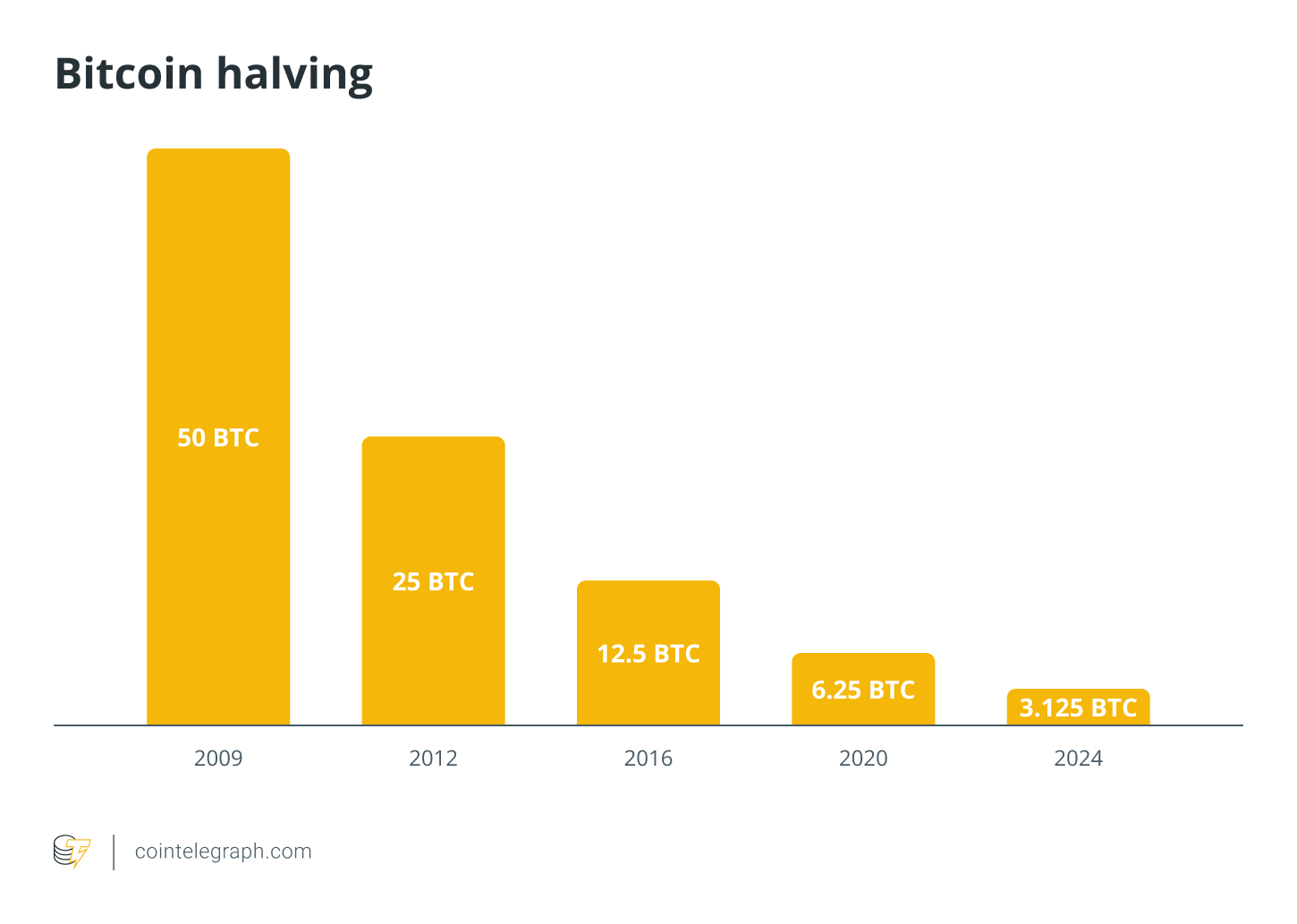
Bitcoin Mining: Key Insights for 2025
Bitcoin mining is the vital operation that maintains the security and functionality of the BTC network. Miners collect unverified transactions and compile them into blocks, embarking on numerous hashing attempts through trial and error until they generate a hash that adheres to the network’s difficulty target.
How Mining Works
The process begins when the first miner successfully discovers a valid solution, allowing them to share their block with the network. Once verified, this miner receives a reward. Conversely, if another miner resolves the block before the first one, the initial miner’s solution is rendered obsolete, classified as a ‘stale block.’ As we approach 2025, the block reward stands at 3.125 BTC following the halving in April 2024, with miners also benefiting from transaction fees that vary with network congestion.
The Challenge of Mining
The competition to mine Bitcoin is intensely high, as most miners now operate specialized Application-Specific Integrated Circuit (ASIC) machines and typically join mining pools for consistent income.
Did you know? Many believe miners are solving complex cryptographic puzzles; however, miners essentially make billions of guesses every second to discover a hash below the network’s targeted difficulty.
Steps to Discover a Block
Outlined below is a concise explanation of how a block is mined in the Bitcoin network:
- A miner creates a candidate block from pending transactions in the mempool.
- They include a coinbase transaction, responsible for minting new BTC and claiming transaction fees.
- Mining equipment repeatedly hashes the block’s header while adjusting the nonce.
- The goal is to find a hash value lower than the network’s current difficulty target.
Once a block is found, it is broadcasted to the network for verification by other nodes.
 Mining Block Process
Mining Block Process
The network resolves discrepancies by prioritizing the branch with the most accumulated proof-of-work (PoW).
Mining Rewards and Evolution
Upon the fourth halving in April 2024, the block reward was halved from 6.25 BTC to 3.125 BTC, with the network producing around 450 new BTC daily. Recently, transaction fees have displayed volatility; during spikes in transaction volume, fees surpassed the block reward, providing miners with significant earnings.
 Mining Rewards
Mining Rewards
Adjusting Difficulty and Hashrate
The network maintains a consistent block creation time of roughly 10 minutes by adjusting the mining difficulty every 2,016 blocks, ultimately affecting miner income.
By 2025, both hashrate and difficulty are projected to reach unprecedented heights, with mining operators transitioning to more efficient ASIC technology.
Hardware Innovations
In 2025, Bitcoin mining hardware has evolved dramatically, emphasizing efficiency:
- Air-cooled units dominate major mining farms, including popular models like Bitmain’s S21.
- Hydro and immersion rigs symbolize the latest advancements, optimizing cooling and performance.
Mining Hardware
Mining Pools and Revenue Distribution
Most contemporary miners utilize pools to stabilize earnings, with major operations like Foundry USA and AntPool leading the market. Pool payment structures vary, offering either predictable payouts or performance-based rewards, dependent on individual miner’s preferences.
Energy Considerations
Energy consumption for Bitcoin mining remains a point of discussion: As of May 2025, estimates suggest annual electricity use near 190 terawatt-hours, comparable to that of a mid-sized nation. With miners categorized as flexible power users, their operations are influenced by local energy policies and pricing.
Distribution of Mining Operations
After China’s mining ban in 2021, many miners relocated to areas with abundant energy resources, such as Texas and parts of Canada, enhancing their operational viability.
Bitcoin mining continues to be a competitive landscape, where efficiency and adaptability define successful operations.


